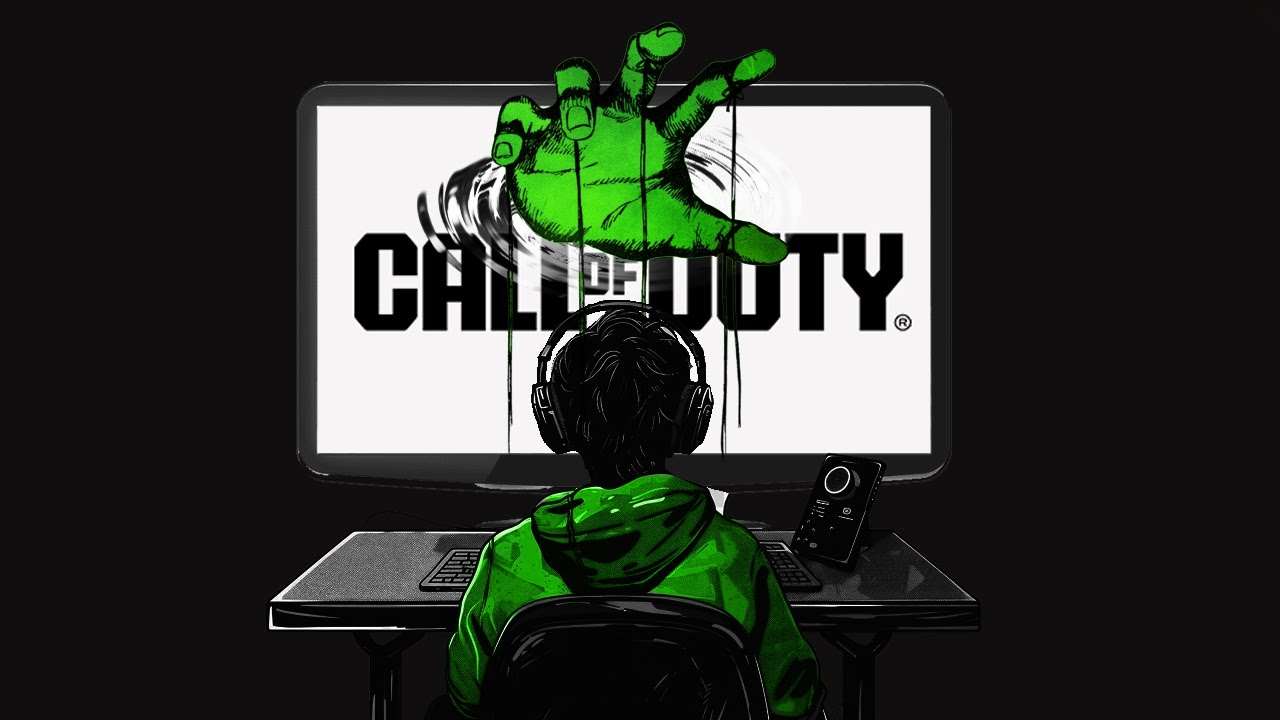- cross-posted to:
- [email protected]
- cross-posted to:
- [email protected]
Alright, sorry to shock you guys, but… what this video is describing is pretty run of the mill game design.
This is literally how game design works. All games “play you”. The cliché of “how Mario 1-1 silently teaches you the game” is the same process this is describing. Dynamic difficulty or handicap systems like some of what he’s describing have been in play since the 16 bit days, at least. I genuinely laughed out loud at “games are no longer a meritocracy”.
Which is a shame, because there is a very interesting debate here, which a lot of very smart game designers, including Mark Rubin, are constantly having about how to desgin multiplayer games. Not whether to design matchmaking or multiplayer interactions, but how, and that’s a very important distinction.
Personally, I think Rubin has a point in that if you overmanage matchmaking and you design that poorly you end up with every match being the same, particularly in team games. If you know what to look for you can tell what your team composition is. “Oh, this is the carry guy, here’s the middle of the pack, and I guess in this one I’m the loser”. That’s not super fun and it does make for flat, uneventful matches. But also it’s not super fun to consistently be crushed by sweaty high end players every time just because you got to a game too late and all the casuals had already dropped off. Matchmaking based on ladders or rankings is as old as… well, matchmaking, which is mostly a Xbox 360-era concept. Looking at ELO and other skill measurements is a bit more nuanced, but it can work well in ranked modes, particularly for 1v1 games, as long as there is some unranked mode where you can go to get less serious, more varied encounters. Things get weird when you start implementing over the top mercy rules, or throwing players into bot matches for a cheap win. Game design is ultimately player manipulation, but the point of a magic trick, to go with the video’s metaphor, is that the audience needs to be fooled, or at least suspend disbelief. A win players know was forced feels condescending and patronizing, so it’s a risky tool that probably shouldn’t be abused.
But we’re getting in the weeds. The point I do want to share is that while some of these specific examples may be counterproductive or misguided, the concept of manipulating players into having a good time is absolutely not. It is, in fact, the entire core of designing videogames. Game designers constantly anticipate what their players’ experience is going to be, even when that prediction is “this is where the players will get creative”.
As an outsider, who does not seriously game, this is not surprising.
Ten years ago, the people best at COD or halo or whatever cut a lot of class. Practiced a lot. And it was not fun to get whooped by your friend over and over again. I still to this day have friends I won’t play Mario cart with. Why would I?
Fast forward. Instagram and Facebook are designed to be as addictive as possible. We had Farmville. Candy crush. Mods to let you pull the trigger faster. All the the video game micro transaction scandals. Tiktok is now the premier addiction algorithm. Why wouldn’t these billion dollar enterprises use all these data points to juice their business?
If you need a game to justly stroke your ego, play chess.
Yeah. Programming of the user, same concept behind advertising
If the game offers me a possibility of doing (something) for a (reward) – I will do it if it is fun and engaging, not because of the reward alone. Which (somewhat) makes “the game play me”, but hey… this can (also) be applied at every other situation in real life as well.





